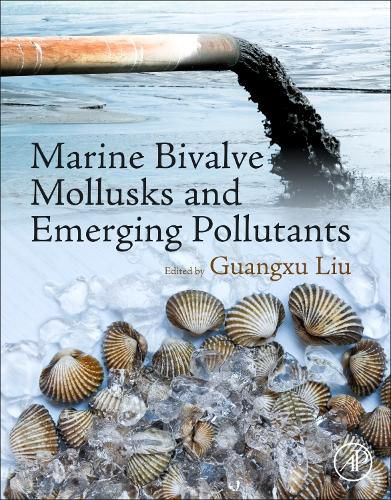Readings Newsletter
Become a Readings Member to make your shopping experience even easier.
Sign in or sign up for free!
You’re not far away from qualifying for FREE standard shipping within Australia
You’ve qualified for FREE standard shipping within Australia
The cart is loading…






Marine Bivalve Mollusks and Emerging Pollutants: Toxicological Impacts provides the most updated and comprehensive knowledge of the toxicological impacts of a variety of emerging pollutants on marine bivalve mollusk species. In addition to synthesizing recent toxicological findings, the book also discusses toxification mechanisms, current challenges, and future research prospects. Written by international experts, this book assesses new advances in the toxicological impacts of pollutants, including microplastics, bromide flame retardants, nanomaterials, pharmaceutical residues, personal care products, pesticides, and perfluorinated compounds. In addition, it details how these can affect reproduction, embryonic development, metabolism, and immune systems of marine bivalves. Behavioral responses and neuroendocrine regulation is also discussed. Toxification mechanisms are interpreted at both physiological and molecular levels. The book concludes with current research and environmental challenges and potentials for further, future study techniques.
$9.00 standard shipping within Australia
FREE standard shipping within Australia for orders over $100.00
Express & International shipping calculated at checkout
Marine Bivalve Mollusks and Emerging Pollutants: Toxicological Impacts provides the most updated and comprehensive knowledge of the toxicological impacts of a variety of emerging pollutants on marine bivalve mollusk species. In addition to synthesizing recent toxicological findings, the book also discusses toxification mechanisms, current challenges, and future research prospects. Written by international experts, this book assesses new advances in the toxicological impacts of pollutants, including microplastics, bromide flame retardants, nanomaterials, pharmaceutical residues, personal care products, pesticides, and perfluorinated compounds. In addition, it details how these can affect reproduction, embryonic development, metabolism, and immune systems of marine bivalves. Behavioral responses and neuroendocrine regulation is also discussed. Toxification mechanisms are interpreted at both physiological and molecular levels. The book concludes with current research and environmental challenges and potentials for further, future study techniques.